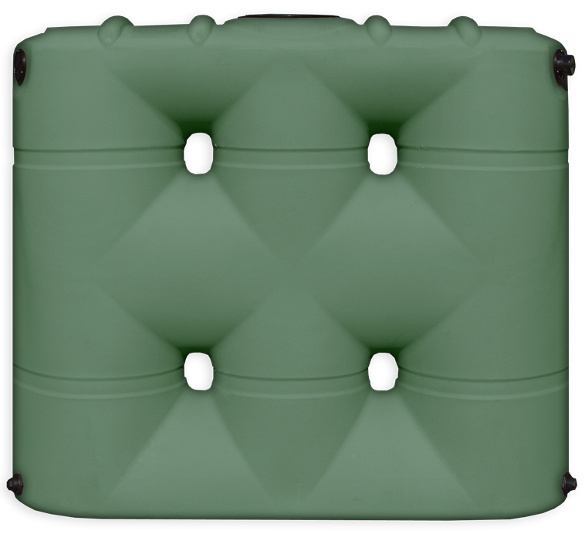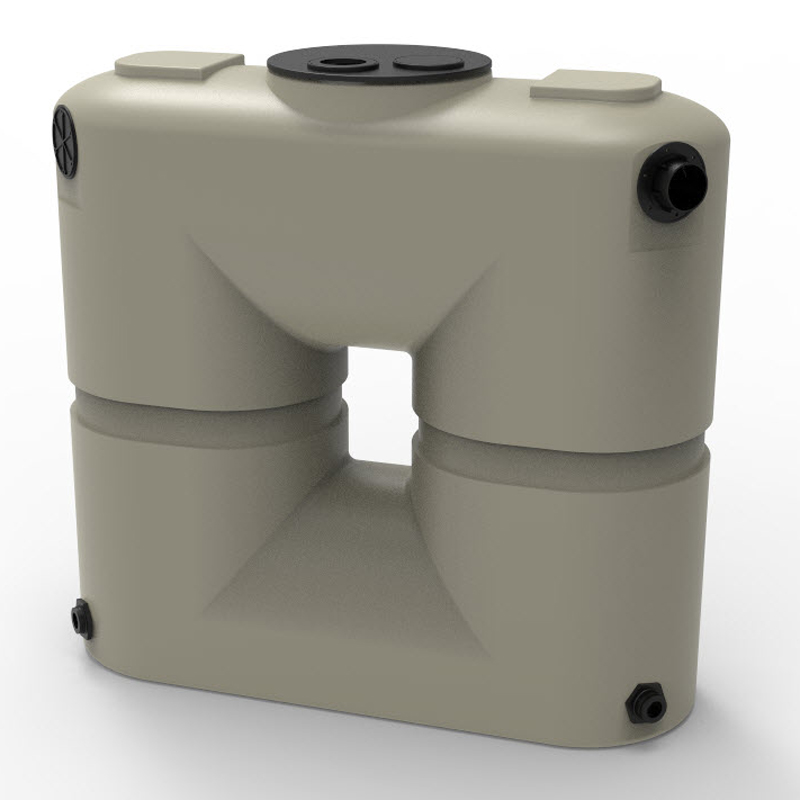Slimline Water Tanks: Trendy and Practical for Modern Houses
Slimline Water Tanks: Trendy and Practical for Modern Houses
Blog Article
Recognizing the Significance of Rain Storage Tanks in Drought-Prone Regions for Water Security
In regions at risk to prolonged droughts, the duty of rain containers in reinforcing water protection is a topic of growing relevance. As neighborhoods grapple with the obstacles of water deficiency, comprehending the importance of these tanks surpasses plain collection of rainwater. Rainwater tanks function as an important device in reducing the effect of water lacks by providing a lasting resource of water for different demands. The real worth of rainwater storage tanks expands much beyond simple storage space; it encompasses resilience-building steps and the promo of lasting water conservation techniques. This multifaceted strategy to water safety and security warrants a more detailed exam of the role rainwater storage tanks play in making certain a reputable water throughout times of dry spell.
Advantages of Rain Tanks
Utilizing rain tanks provides a sustainable service for increasing water system and boosting water safety and security in domestic and industrial settings. One of the key advantages of rain storage tanks is their capability to reduce reliance on mains water supply. By catching and keeping rainwater that falls on roofs, this different resource can be utilized for various non-potable purposes such as watering, purging bathrooms, and washing garments. This not just saves treated alcohol consumption water however likewise decreases water bills for customers.

Rain Harvesting Strategies
Rainwater harvesting techniques encompass a range of methods designed to efficiently collect and store rain for numerous objectives, adding to water preservation and sustainability. One common technique is the installation of roof catchment systems, where rainwater is gathered from the roofing system of a building and directed to a storage space tank. This approach is fairly simple and affordable. Another popular strategy is making use of above-ground or underground tank to save rainwater for later use. These containers can be found in different dimensions and products to fit various requirements and can be linked to the existing plumbing system for very easy gain access to.

In addition, rain gardens and absorptive sidewalks are cutting-edge techniques that include landscape design or paving surfaces in a way that enables rain to percolate into the ground, replenishing groundwater books. In addition, contour farming and terracing are agricultural methods that assist record rain and prevent soil disintegration in sloping surface. By implementing these diverse rainwater harvesting methods, communities can boost water safety and security and strength in drought-prone regions while promoting lasting water monitoring practices.
Significance of Water Safety
Making certain trustworthy accessibility to tidy and enough water resources is extremely important for maintaining human health, economic development, and ecological health. Water protection is a crucial aspect of societal resilience, particularly in areas susceptible to dry spells and water shortage. Sufficient water safety and security includes different dimensions, including availability, top quality, and accessibility of water for residential, agricultural, industrial, and ecological demands.
Water safety plays a vital function in promoting public health by about his reducing the prevalence of waterborne conditions and making sure cleanliness facilities. Financially, water protection is crucial for farming efficiency, industrial procedures, and general economic development. Slimline water tanks. Additionally, water safety and security is closely connected to environmental sustainability, as it supports ecosystems, biodiversity, and total ecological balance.
In drought-prone regions, water protection ends up being even a lot more vital due to the increased risk of water lacks. Implementing approaches like rainwater harvesting, water recycling, and reliable water management methods can significantly boost water security in these locations. By focusing on water safety, communities can better hold up against the impacts of environment change, populace development, and other difficulties that intimidate water availability.
Enhancing Water Strength
With increasing worldwide water difficulties, building durability in water supply has actually come to be a vital emphasis for lasting development efforts. Enhancing water durability entails implementing methods to guarantee water accessibility and top quality despite changing environmental conditions, such as dry spells, floods, and pollution.
One secret element of improving water durability is advertising the usage of rain containers in drought-prone areas - Slimline water tanks. Rain containers act as an effective means of capturing and storing rainwater for later use, lowering reliance on scarce freshwater sources during dry periods. By incorporating rainwater harvesting systems right into water management strategies, communities can improve their capability to endure water deficiency and keep water protection

Lasting Water Conservation
In the middle of rising water challenges, the prudent administration of water sources via sustainable conservation methods is imperative for guaranteeing long-lasting ecological security and social health. Sustainable water preservation involves the reliable use water resources to meet current requirements without jeopardizing the capability of future generations to satisfy their very own demands. By executing approaches such as rain harvesting, greywater recycling, and water-efficient modern technologies, communities can reduce water wastage and reduce pressure on freshwater sources.
Furthermore, sustainable water conservation practices add to ecosystem health and wellness by preserving appropriate water degrees in rivers, lakes, and wetlands, sustaining biodiversity, and maintaining all-natural habitats. These practices also play an important duty in minimizing the influences of environment modification by helping to adapt to transforming rainfall patterns and water accessibility.

Final Thought
In verdict, rainwater tanks play a critical role in enhancing water safety and resilience in drought-prone regions. By using rain harvesting strategies, neighborhoods can reduce their reliance on typical water resources and promote sustainable article source water conservation methods. This not just aids minimize the effects of water shortage throughout droughts yet additionally adds to lasting water security and durability in the face of climate change difficulties.
Report this page